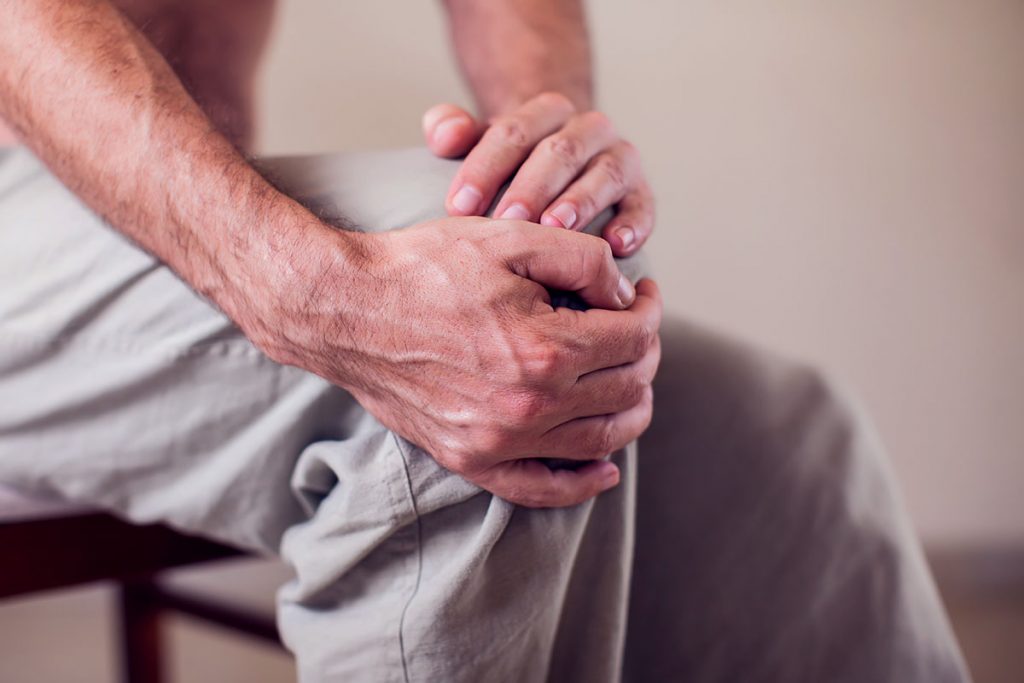Low Back pain
Low back pain is our most common complaint presenting to Impulse Chiropractic. Low back pain affects approximately 60-80% of people throughout their lifetime.
Thoracic/Rib Pain
Increased usage of technology, increased sedentary lifestyles, working from home and adoption of poor postures has contributed to more people suffering from thoracic and rib pain.

